Restoring a flooded forest one seedling at a time
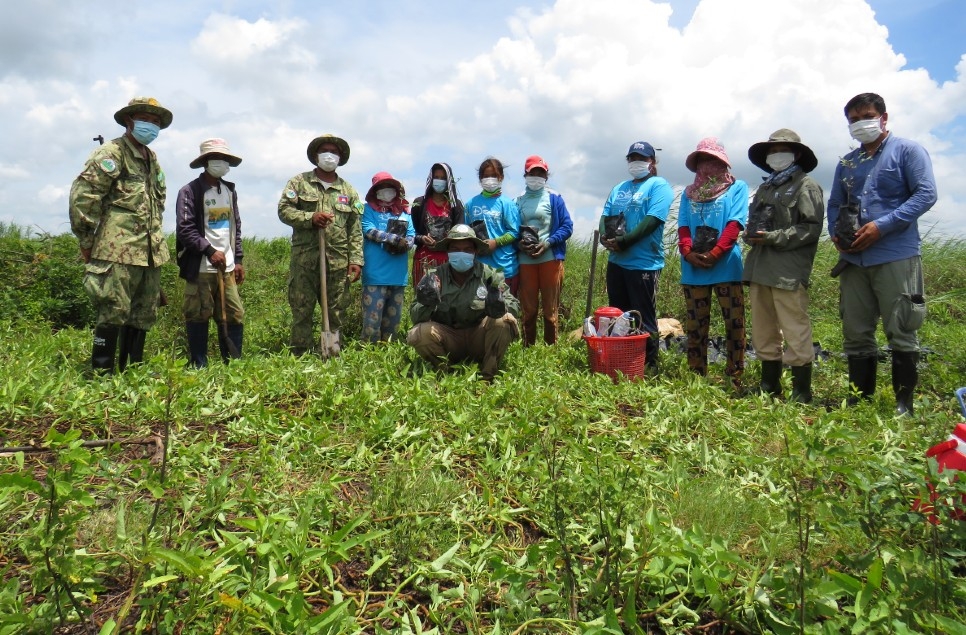
Cambodia is known as the kingdom of wetlands. Its seasonally flooded labyrinth of rivers, swamps and islands supports an extraordinary array of wildlife. Its waterways also provide a lifeline for millions, offering a place for people to live, work, travel and trade. These villagers are using them to transport a valuable cargo of hundreds of tiny tree seedlings to their new home as part of a reforestation project being run by WWT.
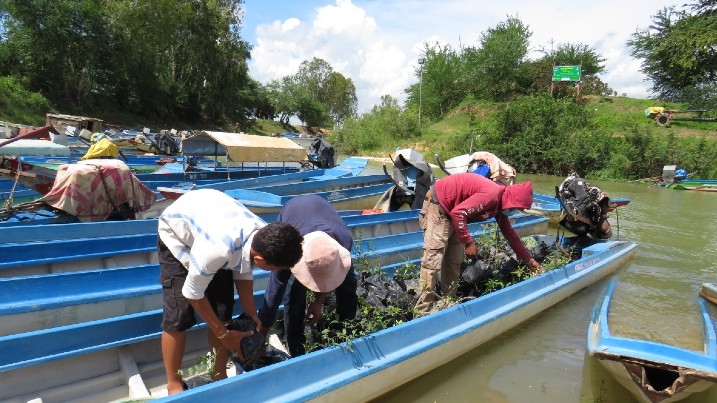
Their destination is Boeung Prek Lapouv, one of the largest remnants of seasonally inundated grasslands in the Lower Mekong Delta. It’s a Protected Landscape – a biological treasure trove, renowned for its many rare birds, including bengal floricans, the sarus crane and the yellow-breasted bunting that come here to forage in the grasslands. The flooded forest is also an important part of the ecosystem, providing valuable fish nurseries and carbon storage.
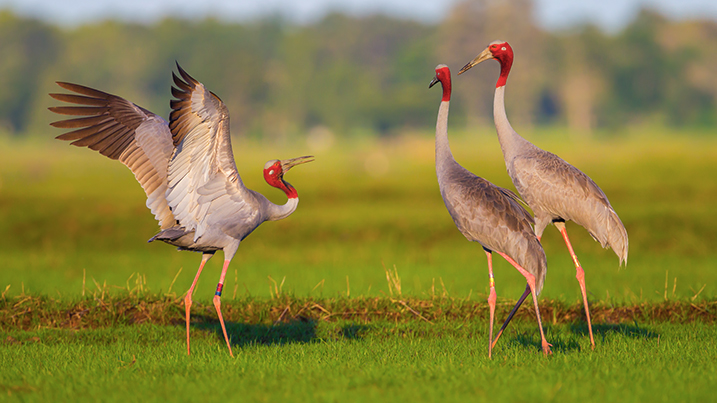
But all is not well in this wetland paradise. The grasslands are under threat and only a fraction of the original flooded forest remains. They’re being drained for rice production, illegally encroached and poisoned by the overuse of chemical fertilizers and pesticides. The climate here is also changing putting even more pressure on this fragile ecosystem. Higher temperatures, changing rainfall patterns and an increased risk of water shortages from droughts are all playing their part.
Now, local communities are working to turn the tide. With help from WWT they’ve established a permanent community-run tree nursery where they’ve collected 1,600 tree seedlings.
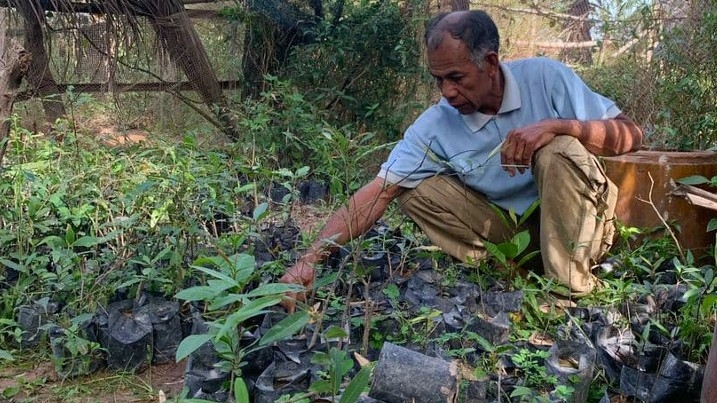
Six different species of native inundated forest trees were carefully nurtured in the nursery before being planted in a former area of flooded forest known to have been a popular waterbird roost.
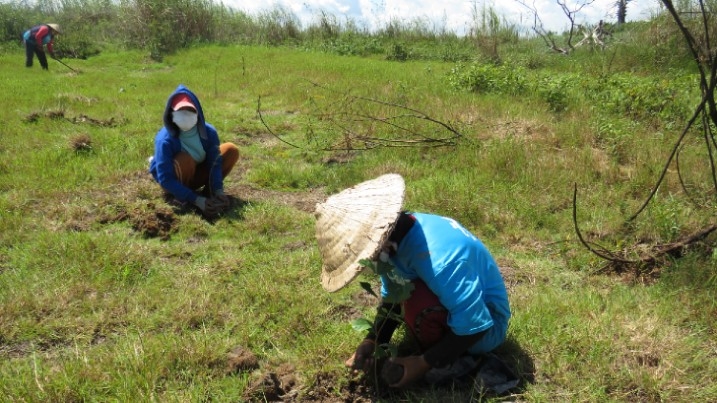
It’s hoped this project, to create a five hectare area of flooded forest, can be used as a pilot for future planting schemes.
In addition to creating valuable flooded forest, WWT and their community partners in Cambodia have also been restoring 25 hectares of grassland in the area. We started by blocking off 24 unused ditches. This has helped reduce the water loss from the grassland and also helped raised groundwater levels.
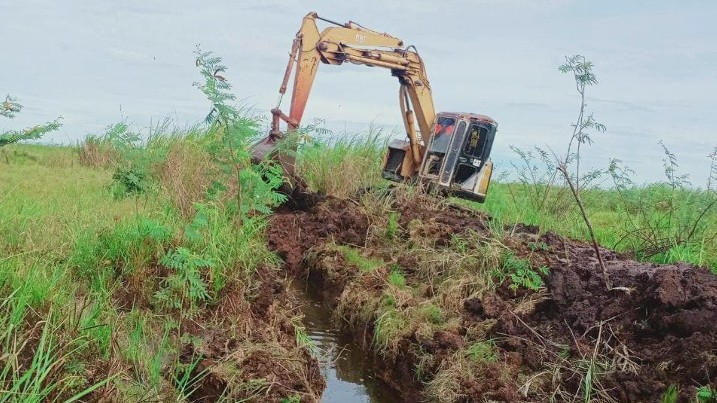
We have also created wetter conditions by lowering the ground in areas of poor quality grassland in order to encourage the sedge-like grass species Eleocharis, the main food item of sarus crane, to establish. In addition, we impounded (built an earth structure around) an eight hectare area of grassland so that water can be retained for longer here at the end of the wet season. We also ploughed a small section to investigate how this would affect grassland plant regeneration.
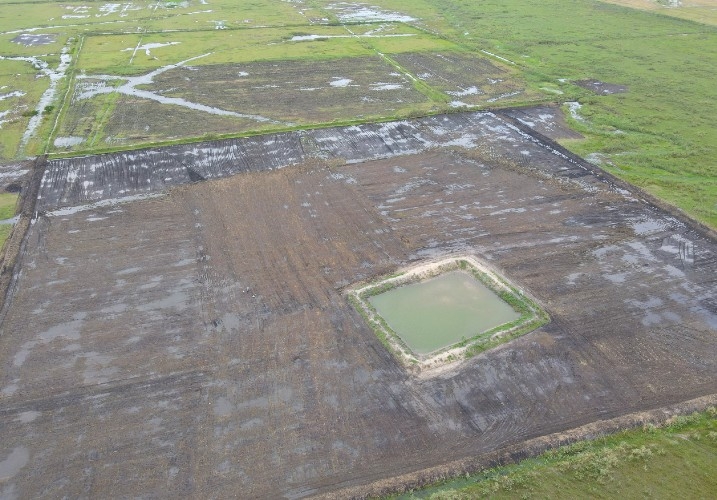
The restored grassland areas will now be monitored for two to three years to assess how effective the restoration has been. This project has taught us a lot in terms of practical wetland restoration knowledge and has brought multiple benefits to future restoration works at the site and also across the region. The grassland and forest restoration is helping to repair the ecosystem, benefiting both biodiversity and the local communities.
The techniques and methods used, our successes and lessons learnt, will be shared with other conservation managers across the region, so they can hopefully carry out similar restoration work.



